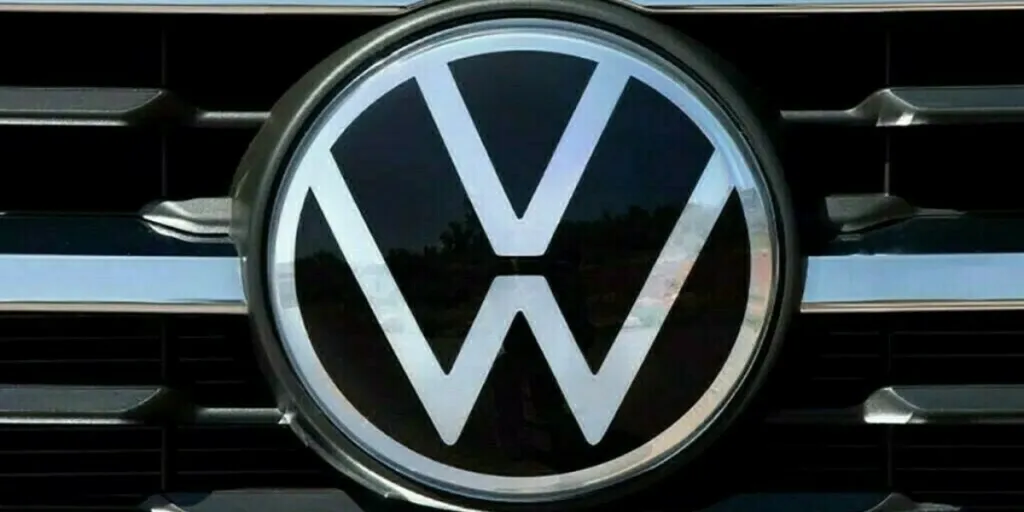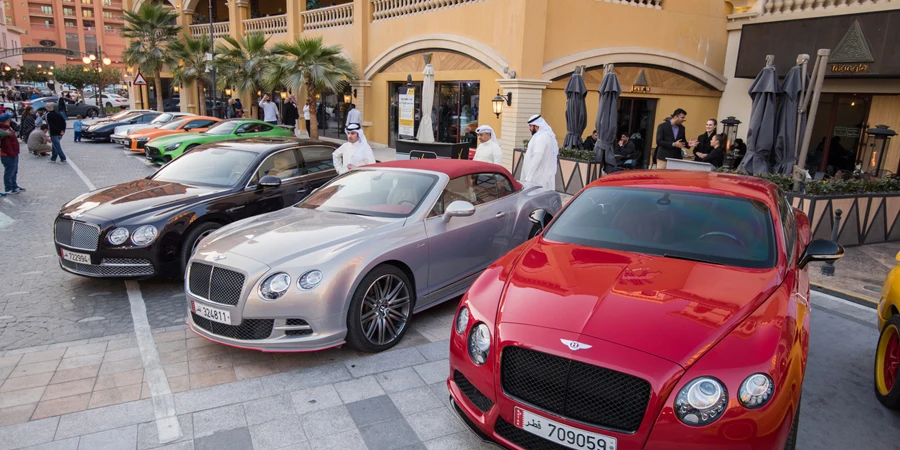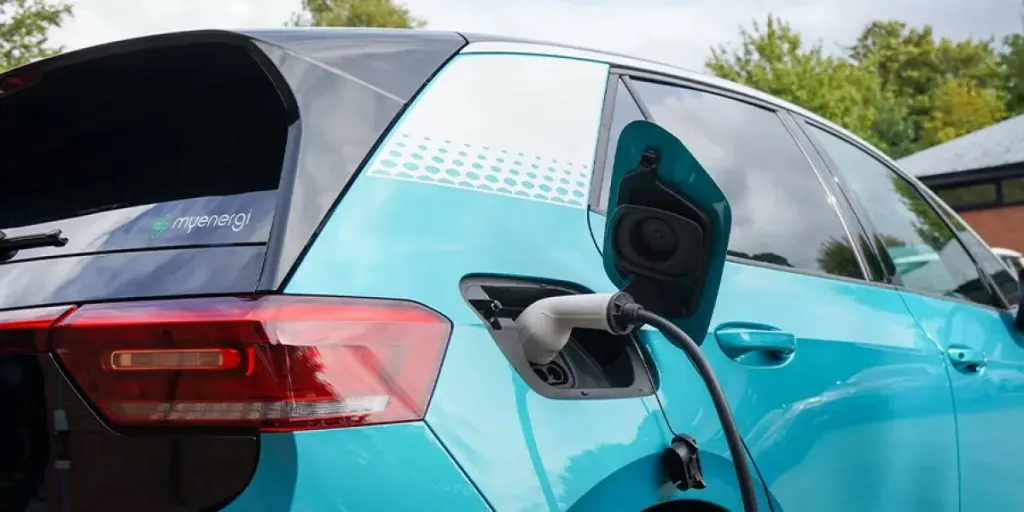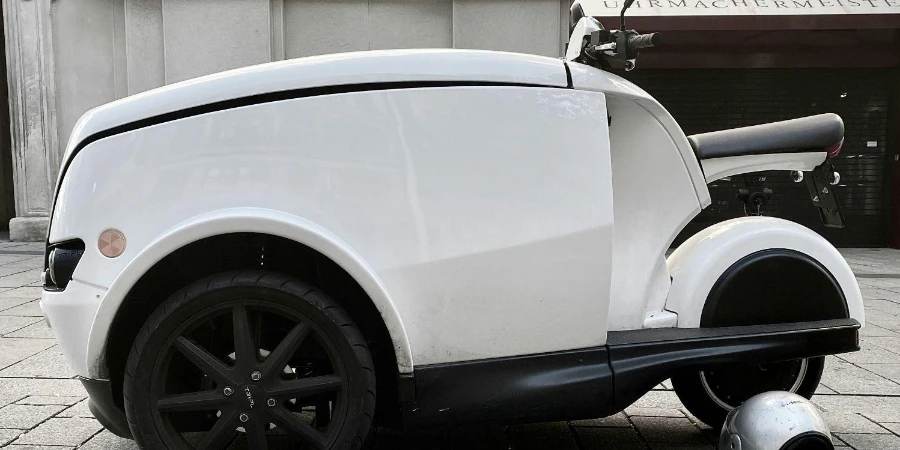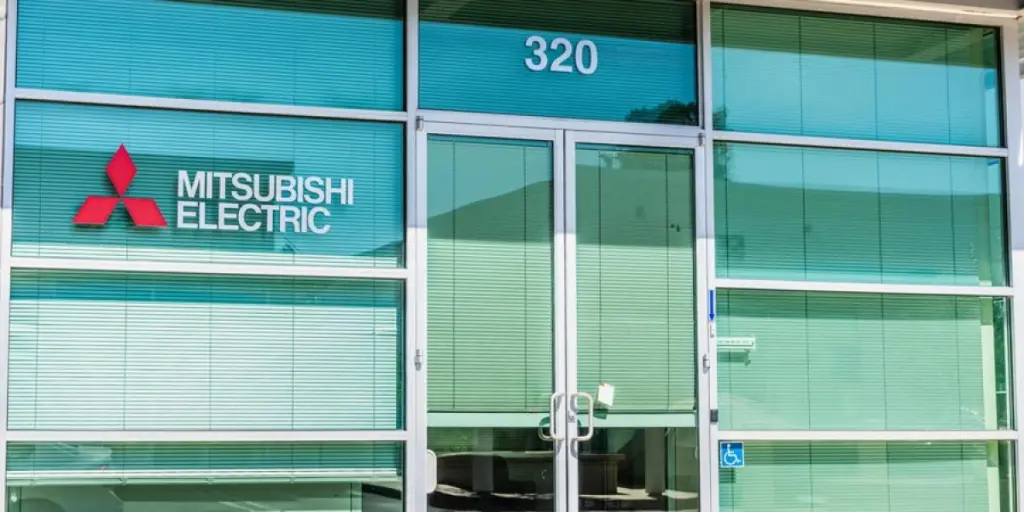Volkswagen Group’s modular platforms – Modularer Längsbaukasten or MLB and Modularer Querbaukasten or MQB – are a family of automobile platforms that were launched by the Volkswagen Group in 2007 and 2012, respectively. The company designed the platforms to be shared by multiple brands and models, allowing the company to save money on development and production costs.
Although the Volkswagen Group launched a third platform in 2019 and has plans for future editions like SSP, the MLB and MQB platforms remain the company’s two top modules.
This article will explore the ins and outs of the MQB and MLB platforms, detailing why they’ve remained relevant long after their inception.
Table of Contents
An overview of the MLB Volkswagen Group modular platform
An overview of the MQB Volkswagen Group modular platform
Conclusion
An overview of the MLB Volkswagen Group modular platform
Volkswagen’s MQB platform was designed so that “rationality” could be applied to its different model configurations. For example, using this new system, MQB allows a core range of components to function across a wide variety of platforms, such as a common engine-mounting core for all of their vehicles’ drivetrains. This also means that different models can be manufactured at the same plant, saving costs.
Initially, only Audi and Porsche models used the MLB, but Volkswagen opened up the platform in 2012 to be used for different cars, allowing them to share parts and designs. Notably, the MLB platform is specific for automobiles with longitudinal and front engines.
Characteristics of Volkswagen Group’s MLB modular platform
- Longitudinal engine layout: In a longitudinal engine layout, the engine is positioned with its longest side parallel to the vehicle’s length. In the case of the MLB platform, each car’s engine is placed longitudinally. This layout allows for better weight distribution between the front and rear axles, enhancing traction and rear-wheel-drive or all-wheel-drive handling configurations.
Longitudinally layouts also provide more flexible engine placement and selection, accommodating different engine types, including cylinder configurations and powertrain options, like hybrid or all-electric setups.
With the engine aligned along the vehicle’s length, more space is available for cooling systems, resulting in more efficient cooling.
In addition, the platform’s RWD options offer impressive sporty and dynamic driving characteristics, while AWD configurations provide enhanced stability in different driving scenarios.
- Component sharing with MLB Evo: The MLB platform shares numerous components with the more advanced “MLB Evo” platform. As the name implies, MLB Evo is an evolution of the original MLB architecture, integrating further improvements and advanced technologies. This component sharing enhances cost-effectiveness and streamlines development across various Audi models.
- Advanced technology integration: As a premium platform, the MLB platform emphasizes cutting-edge technologies and integration. For this reason, the platform enables seamless connectivity between vehicles and external devices.
This connectivity includes smartphone integration, wireless charging, and Wi-Fi hotspot capabilities. The platform’s architecture also supports software update integration, ensuring vehicles can stay up to date with the latest features and improvements.
Additionally, the platform’s adaptable electronic architecture allows autonomous driving technology integration. Vehicles can host sensor arrays, cameras, LiDAR, and radar systems, enabling features like adaptive cruise control and automated lane-keeping.
- High-performance capabilities: The MLB platform utilizes advanced engineering principles, enabling the design of vehicles that can achieve impressive performance, handling, and driving dynamics.
Chassis dynamics and tuning is one area that benefits from this characteristic. In fact, the MLB platform focuses on chassis dynamics, including suspension systems, steering response, and overall handling characteristics. These components can be further fine-tuned to optimize ride comfort, agility, and stability at high speeds.
Vehicles built on the MLB platform may also feature adaptive suspension systems that can adjust damping and stiffness based on driving conditions, creating a balance between comfortable cruising and responsive handling.
More importantly, the MLB platform is adaptable enough to accommodate performance-oriented variants within vehicle lineups. As a result, automakers can create high-performing versions of existing models, leveraging the platform’s inherent capabilities to deliver exhilarating driving experiences.
Benefits of the MLB Volkswagen Group modular platform
- Performance-oriented components: Since the platform’s modularity allows automakers to integrate performance-oriented components, vehicles can utilize larger brakes, sport-tuned exhaust systems, enhanced cooling systems, and aerodynamic features.
Interestingly, these components collectively contribute to superior stopping power, optimized engine cooling, and improved aerodynamic efficiency.
- Reduced emissions: The MLB platform emphasizes weight reduction using lightweight materials like aluminum and high-strength steel. Lighter vehicles require less energy to move, leading to improved fuel efficiency and reduced emissions, as well as lower rolling resistance, contributing to fuel savings.
- Flexibility for larger vehicles: The architecture of the MLB platform enables the creation of larger and more spacious vehicles. The size of cars under the MLB platform can vary depending on the specific model, but they generally range from mid- to full-size cars.
Some of the smallest cars on the MLB platform include the Audi A4 and Q5, which feature a wheelbase of around 107.3 to 184.2 inches. Some of the largest cars on this platform include the Audi A8 and Q7, with a 117.1-inch wheelbase and a 196.9-inch length, respectively.
Cars under the MQB Volkswagen Group modular platform
- Audi A4, A6, and A7
- Porsche Panamera
- Porsche Cayenne
- Volkswagen Phaeton
- Volkswagen Touareg
- Bentley Continental GT
- Bentley Bentayga
An overview of the MQB Volkswagen Group modular platform
The Volkswagen Group introduced its MQB (Modularer Querbaukasten) platform as a shared strategy for transverse engine setups. They first launched it with the Volkswagen Golf MK in 2012, solidifying its place as the next-gen platform after their MLB systems. The company invested approximately US$8 billion to create the platform and the cars under it.
The essential characteristic of the MQB platform is its modularity. Akin to a car Lego set, manufacturers can easily mix and match various components and modules to create different vehicles.
Features of Volkswagen Group’s MQB modular platform
- Transversal engine layout: Unlike its predecessor, the MQB platform places its engines sideways across the width of the vehicle’s front end. This transversal orientation puts the engine closer to the front bumper, presenting three impressive benefits.
First, placing the engine sideways frees up space in the cabin, providing more legroom and comfort for passengers. It also allows for more flexible cabin designs and improved packaging efficiency.
Second, this sideways orientation creates a shorter front overhang, contributing to better maneuverability and a more compact vehicle size. Lastly, the transversal layout is well-suited for front-wheel-drive and all-wheel-drive vehicles, delivering power directly to the front wheels.
- Adaptability to various sizes: Automakers can adjust MQB-based vehicle dimensions and proportions, creating vehicles that range in size from smaller models to larger ones. In truth, this scalability allows automakers to leverage the same platform for multiple vehicle categories.
The platform also takes a modular approach, where automakers can scale specific components to accommodate different vehicle sizes. For instance, they can adjust the distance between the front and rear wheels, allowing for variations in cabin space and cargo capacity.
- Component sharing: Since the MQB platform is modular, Volkswagen Group designed it to be as flexible as possible. For this reason, automakers can share various components across different models, reducing costs and improving efficiency.
Some components automakers can share across the MQB platform include:
- The engine and transmission
- Chassis and suspension
- Interior components, like dashboards and seats
- Exterior components, like doors and lights
- Electric systems
However, the specific components vehicles can share depend on the models involved. Here are some examples of MQB-based vehicles that share components:
- The Audi A3 and Volkswagen Golf share the same chassis, transmission, engine, and interior components
- The Audi Q3 and Porsche Macan share the same transmission, chassis, and engine
- Technological advancements: Volkswagen Group engineered this platform to integrate the latest technological advancements. For starters, the company utilizes various advanced materials like high-strength steel, aluminum, and composite materials – enhancing structural integrity and reducing vehicle weight.
The MQB platform embraces the digital age with advanced infotainment systems and connectivity. The infotainment systems feature high-tech features like touchscreens, voice recognition, smartphone integration, and navigation.
For connectivity, the platform supports features like Wi-Fi hotspots, remote vehicle control via smartphone apps, and over-the-air software updates.
But that’s not all. Many MQB vehicles come equipped with turbocharged engines, improving performance and fuel efficiency. They may also feature start-stop technology, which automatically turns off the engine when the car is stationary to save fuel.
Other technological advancements include adaptive suspension systems that adjust damping rates based on road conditions and driving style. Also, drive mode selections allow drivers to customize vehicle behavior in different scenarios.
Benefits of the Volkswagen Group’s MQB modular platform
- Efficient production: Although the MQB platform is open to multiple brands under Volkswagen Group, car production is still more efficient. Despite the brand variety, Volkswagen Group has factories that produce different models on the same assembly lines, making the manufacturing process smoother and hassle-free.
- Safety advancements: The MQB platform incorporates innovative safety features, dividing them into two categories:
- Active safety systems: These systems help prevent accidents by providing features like lane departure warnings, automatic emergency braking, adaptive cruise control, and blind-spot monitoring
- Passive safety: The platform’s structure is engineered to enhance passenger protection in the event of a collision. Advanced materials and reinforced designs contribute to improved safety features.
- Brand consistency: Different Volkswagen Group brands use the same platform so that customers feel consistency and build familiarity with the vehicles, providing added comfort to those who switch brands under the Volkswagen Group.
For example, the Volkswagen Tiguan and the Audi Q3 are compact SUVs based on the MQB platform. As a result, this ensures both cars offer a similar driving experience and feel while also offering different styling and features that will still appeal to different customers.
Cars developed under the MQB Volkswagen Group modular platform
- Audi A3
- Volkswagen Golf
- Skoda Octavia
- Seat Leon
- Volkswagen Tiguan
- Skoda Karoq
- Seat Ateca
- Volkswagen Passat
Conclusion
The MQB and MLB platforms are robust architectures that host various cars and features. Although they have some similarities, like shared features across multiple models and updates, these platforms differ in numerous ways.
For instance, the MLB platform is more suited for large vehicles and sports cars. Meanwhile, the MQB platform is a better fit for smaller, less performance-focused cars.
Regardless of the differences, cars under both platforms are packed with fantastic features and benefits, making them the top two modular platforms under the Volkswagen Group’s belt.
